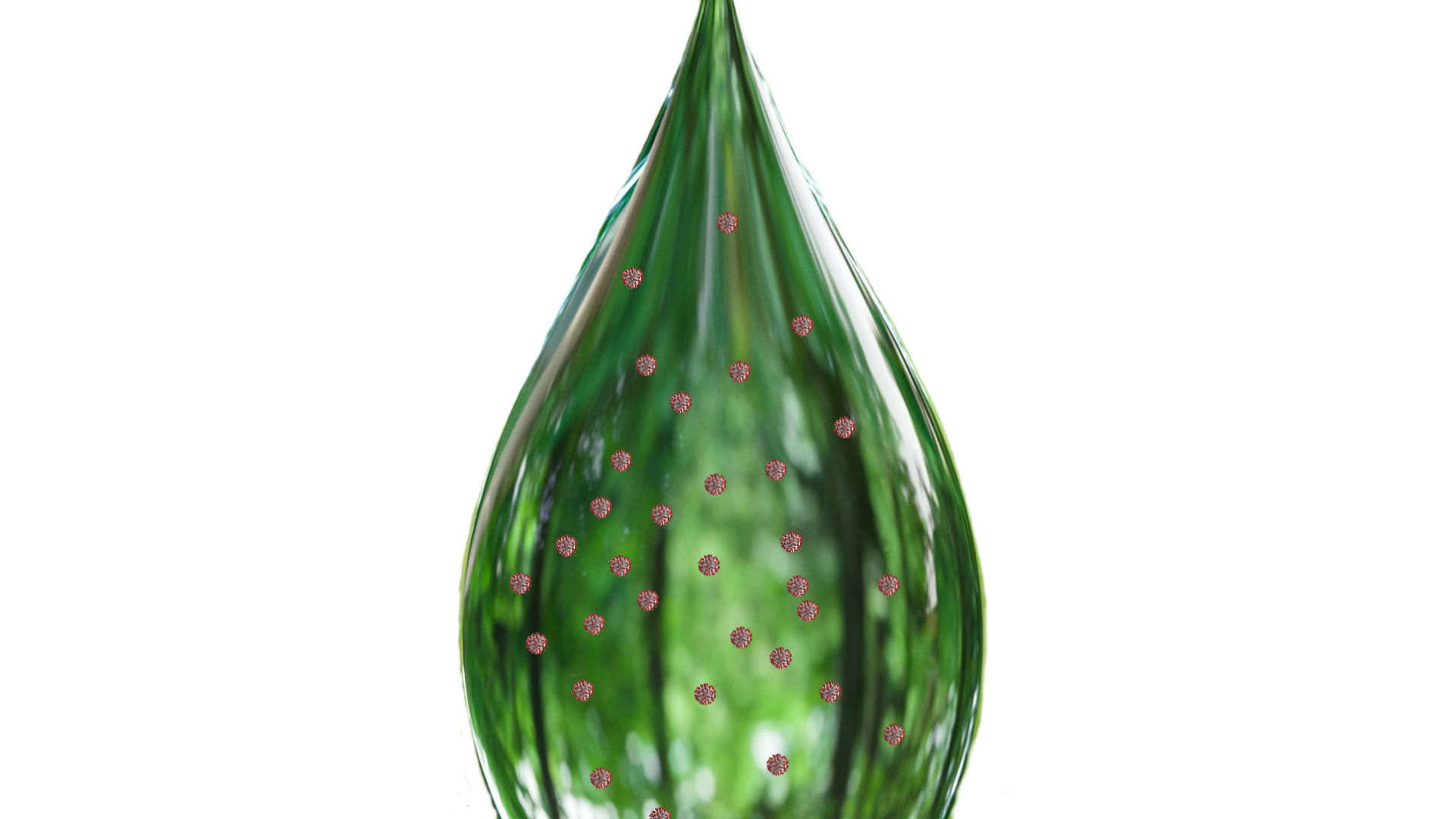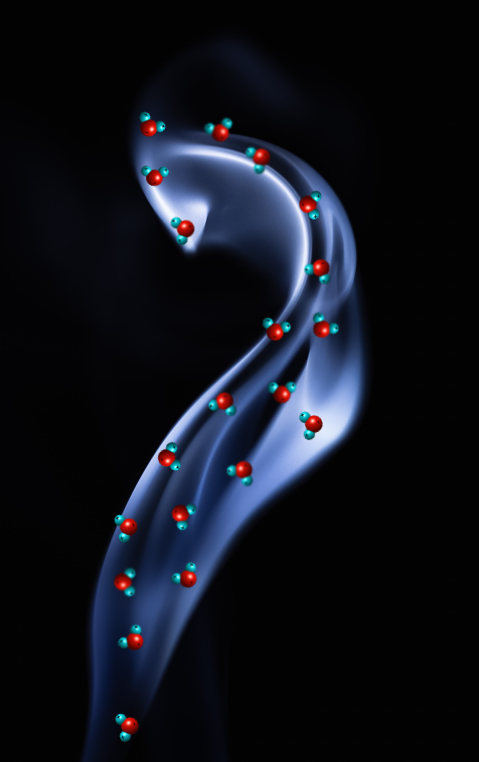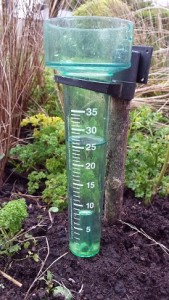My local climate has definitely changed. Not only does it seem that it has, which is just a feeling, but also supported by other people saying the same thing. There is in addition to this, evidence in the way plants are starting their growing season much earlier. Our rhubarb is already big enough to pick and we still have plenty in the freezer from last year because it grew so well. I thought maybe it was a good time to pull together the rainfall data I’ve collected over the years and have a look to see if the weather is truly wetter.
In February 2016 I wrote an article “Weather – Is it getting wetter?” and that followed on from an article I wrote on the extreme weather in the UK causing the worst floods “in living memory” in 2015. My rainfall data at that point did show an upward trend over 2010 to 2015 indicating that the weather could be getting wetter. A caveat I included in the article was that the timescale was very limited for monitoring climate change. Would my rainfall data now spanning 12 years tell the same story? Well, let’s find out.
I’ll start with a graph because people like graphs.
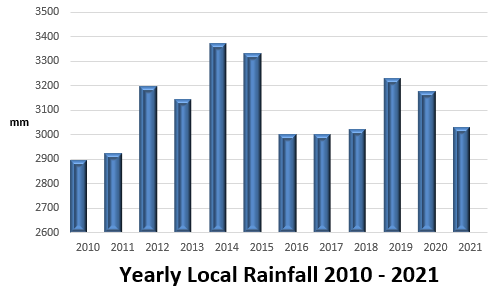
This graph shows the total from each year by adding up all the rain from individual days. When I wrote my article on rainfall at the beginning of 2016, you can see from the trend going from 2010 to 2015 why I thought we were getting more rain than usual. But then look what happens. Over the next three years, 2016 to 2018, we had lower rainfall and all about the same amount. In the past three years we see a wetter one in 2019, followed by decreasing amounts with 2021 coming down to 2016 to 2018 levels.
So now we have a bit of dilemma in that the data do not match our recent perception of the climate as getting wetter. Perhaps looking at the monthly rainfall might reveal something.

In each year the graph shows rainfall per month going from January to December. The pattern of rainfall just looks like “noise” with no obvious trend. One outstanding month is December 2015 when we had an awful lot of rain. This is probably what led me to writing my first post on rainfall in January 2016.
Still on the hunt for an explanation to our perception of a wetter climate, the next step to take is to drill down in the data to daily rainfall. Playing around with plotting in Excel I came up with the next graph.
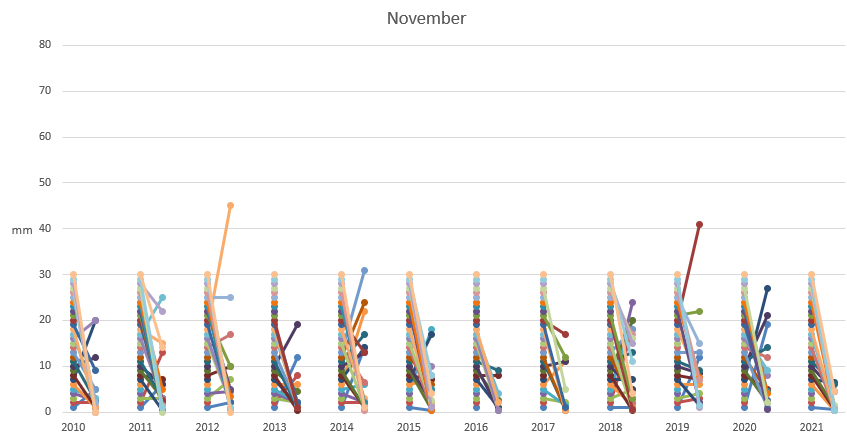
The right hand column of coloured dots for each year is the day of the month, 1 to 30 for November. Each of these dots is linked by a line to the amount of rainfall on that day. By showing the data in this way it is easy to see on which days the rain was heaviest. Again, as we saw above for the yearly and monthly rainfall, there is nothing that jumps out at you as a pattern for change to a wetter climate.
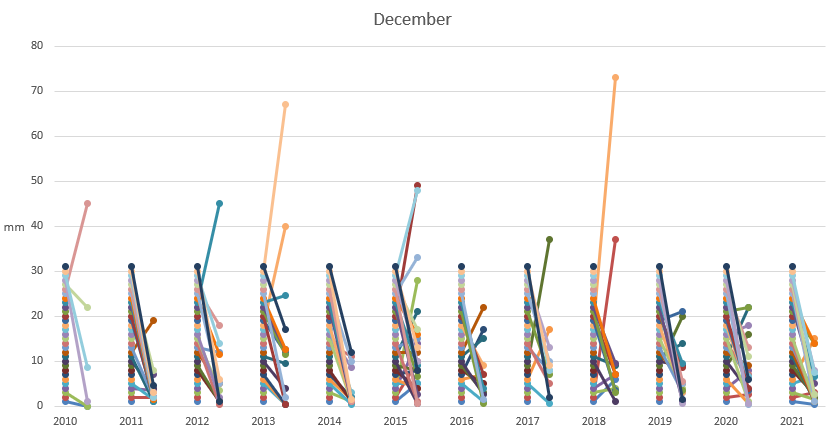
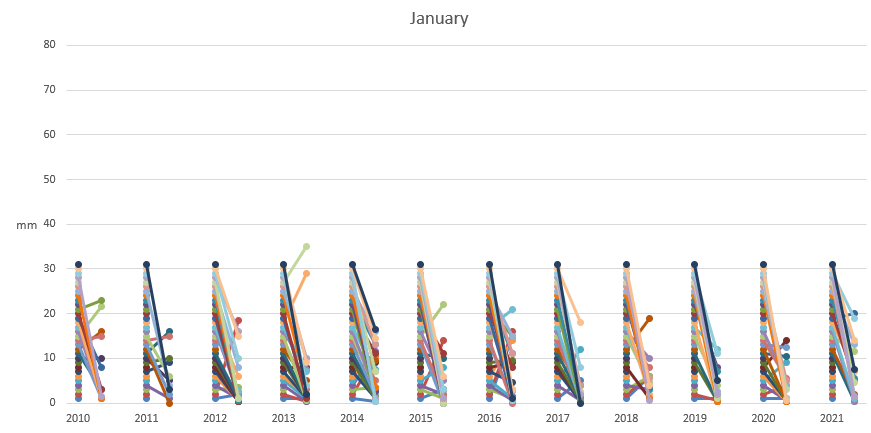
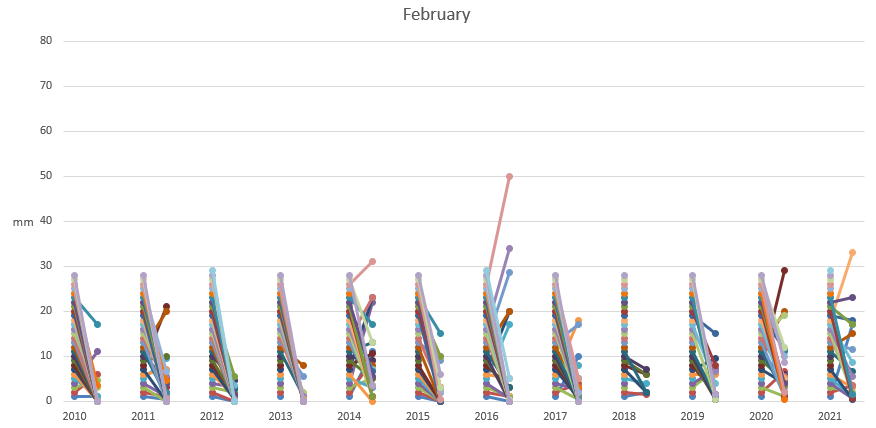
Comparing the normally wetter winter months, November to February, a sequence of weather seems to be generally consistent. November and February are similar in having some dryish years and some very wet years. January is the driest of the winter months and clearly December is the month to expect days with really heavy rainfall. The very large amount of rain on one day in December 2018 was due to Storm Deidre and reported as follows on the Met Eireann website:
“High pressure established itself over Scandinavia on the 12th and the airflow over Ireland backed to south or southeast up to the 15th. The bulk of the rain during this period fell in the South. On the 15th, Storm Deirdre deepened rapidly as it moved across the country giving widespread heavy rain and very strong winds”
A similarly heavy day’s rain you can see in December 2013 was another winter storm, but in this case, unnamed as this was before the practice of naming storms.
Having gone through this analysis of my local rainfall data I have eliminated an increase in rainfall as a reason for our perception of a wetter climate. I want to emphasise here the word “local” because clearly other parts of Ireland and the British Isles generally have seen record amounts of rainfall leading to flooding in places where people cannot remember doing so in “living memory”.
Two observations from recent years, particularly 2021, have directed my thinking about this perception of a wetter climate. From August to the end of that year any heavy and persistent rain caused our lawn to partially flood. Despite us taking measures to reduce the amount of run-off rain onto the lawn, parts were still flooding. Speaking with somebody who had spent Christmas 2021 with his mother in England, said he had also seen flooding on his mother’s lawn that he could not remember happing before.
The second observation is that the relative humidity readings (%RH) from our weather station seemed to remain high all year, including over the summer. These readings are not recorded for reasons I’ll not go into here, but it is to do with a technical matter around Davis weather stations and the difficulty of interpreting historical humidity data..

My hypothesis based on these observations is that persistent high humidity has reduced evaporation of water from the soil. To understand the link between %RH and evaporation, have a read of the technical section of my eBook “A Wetter Look At Climate Change” and particularly the chapter in which I talk about not being able to dry your clothes on a damp day.
If the amount of water evaporating from the soil is reduced, then the water table remains higher than normal. So, after some very heavy showers or persistent heavy rain over a couple of hours, the water table is quickly topped up to the level of the soil surface. Today, the 9th March, is one of those days. Met Eireann has issued a yellow status wind and rain warning from earlier this morning and our lawn is flooding. As are parts of a gravel path and I cannot get to my car without paddling through a large puddle!
The overall impact of having continuous high humidity, seeing parts of the ground flooding and slow to dry, has, I think, led to our perception of a wetter local climate. No doubt, and Nature is showing us, the Earth’s climate is warmer and that will in itself lead to more moisture in the air. Consequences of this will manifest themselves in many different ways.
I write about how humidity and moisture effects everything around us. If you would like to hear more on the impact of moisture, various topics on moisture and humidity are discussed in my eBook “A Wetter Look At Climate Change”.

